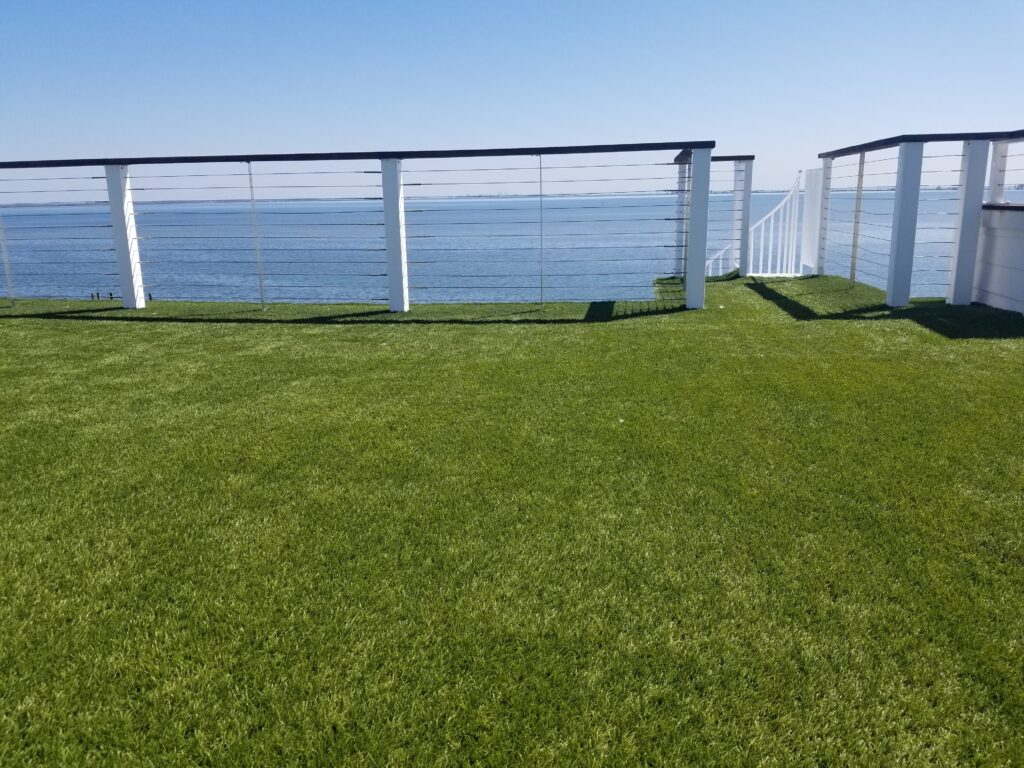Artificial grass has become an increasingly popular choice for athletic fields and sports facilities around the world. Its benefits extend beyond just aesthetics, offering practical advantages that make it an excellent option for athletes. Here’s why artificial grass is a smart choice for sports:
1. Consistent Playing Surface
Artificial grass provides a uniform playing surface that remains consistent throughout the year. Unlike natural grass, which can develop uneven patches, muddy areas, and bald spots, synthetic turf maintains its evenness, reducing the risk of injuries caused by irregularities in the playing field.
2. Durability and Resilience
Athletic fields see a lot of wear and tear, from cleats to sliding tackles. Artificial grass is designed to withstand heavy use without showing signs of damage. It is resilient to the impact of games and training sessions, providing a reliable surface that stands up to rigorous athletic activity.
3. All-Weather Playability
Natural grass fields can become waterlogged in heavy rain or parched during droughts, making them unsuitable for play. Artificial grass, however, offers excellent drainage and can be used in all weather conditions. This means fewer game cancellations and more opportunities for athletes to train and compete.
4. Lower Maintenance Requirements
Maintaining a natural grass field requires significant time and resources, including mowing, watering, fertilizing, and pest control. Artificial grass, on the other hand, requires minimal maintenance. Regular brushing and occasional cleaning are usually enough to keep the turf in top condition, freeing up time and resources for other priorities.
5. Improved Safety Features
Modern synthetic turf is designed with safety in mind. It often includes shock-absorbing infill materials that help cushion falls and reduce the impact of collisions. This can decrease the likelihood of injuries such as sprains, strains, and concussions, providing a safer environment for athletes.
6. Versatility and Customization
Artificial grass can be customized to suit different sports and athletic activities. Whether it’s a soccer field, a football field, or a multi-sport facility, the turf can be tailored to meet the specific needs of the sport, including blade height, infill type, and line markings.
7. Eco-Friendly Benefits
While the initial production of artificial grass involves the use of synthetic materials, it offers several environmental benefits over time. It eliminates the need for water, pesticides, and fertilizers, reducing the environmental footprint associated with maintaining natural grass fields.
8. Enhanced Aesthetics
A well-maintained artificial grass field looks lush and green year-round, enhancing the visual appeal of sports facilities. This can be a significant advantage for schools, clubs, and communities looking to make a positive impression on visitors and participants.
9. Cost-Effectiveness
Although the initial investment in artificial grass can be higher than natural grass, the long-term cost savings are substantial. With reduced maintenance costs and the ability to use the field in all weather conditions, artificial grass offers a cost-effective solution for sports facilities.
10. Increased Usage Capacity
Natural grass fields often require rest periods to recover from heavy use, limiting their availability for games and practice. Artificial grass can handle continuous use without needing downtime, maximizing the usage capacity of sports facilities and accommodating more teams and events.
In conclusion, artificial grass provides numerous benefits for athletes and sports facilities, from consistent playability and durability to safety features and cost-effectiveness. By choosing artificial grass, sports organizations can create a high-quality, reliable, and attractive playing surface that supports the needs of athletes and enhances the overall sporting experience.


Recent Comments